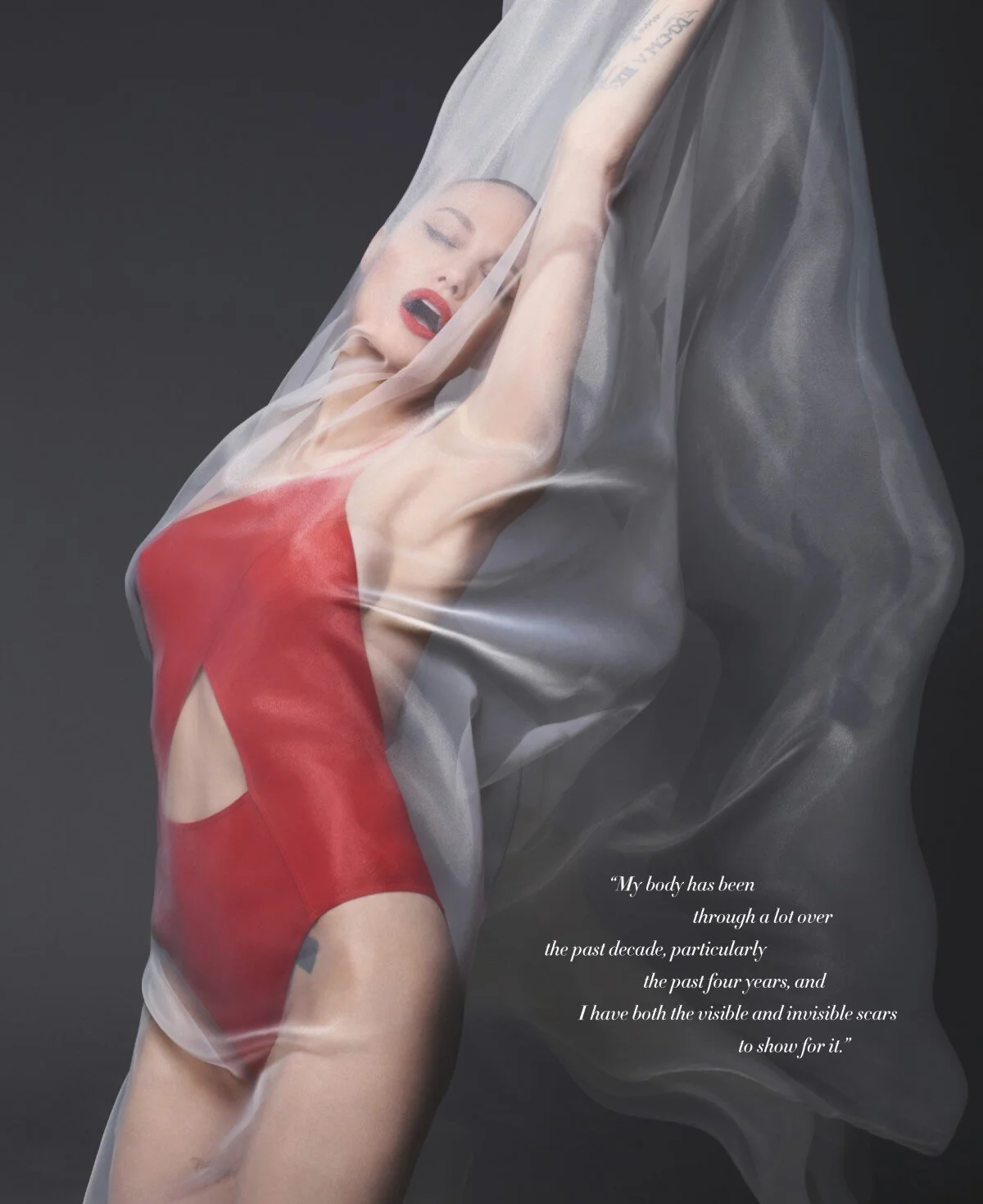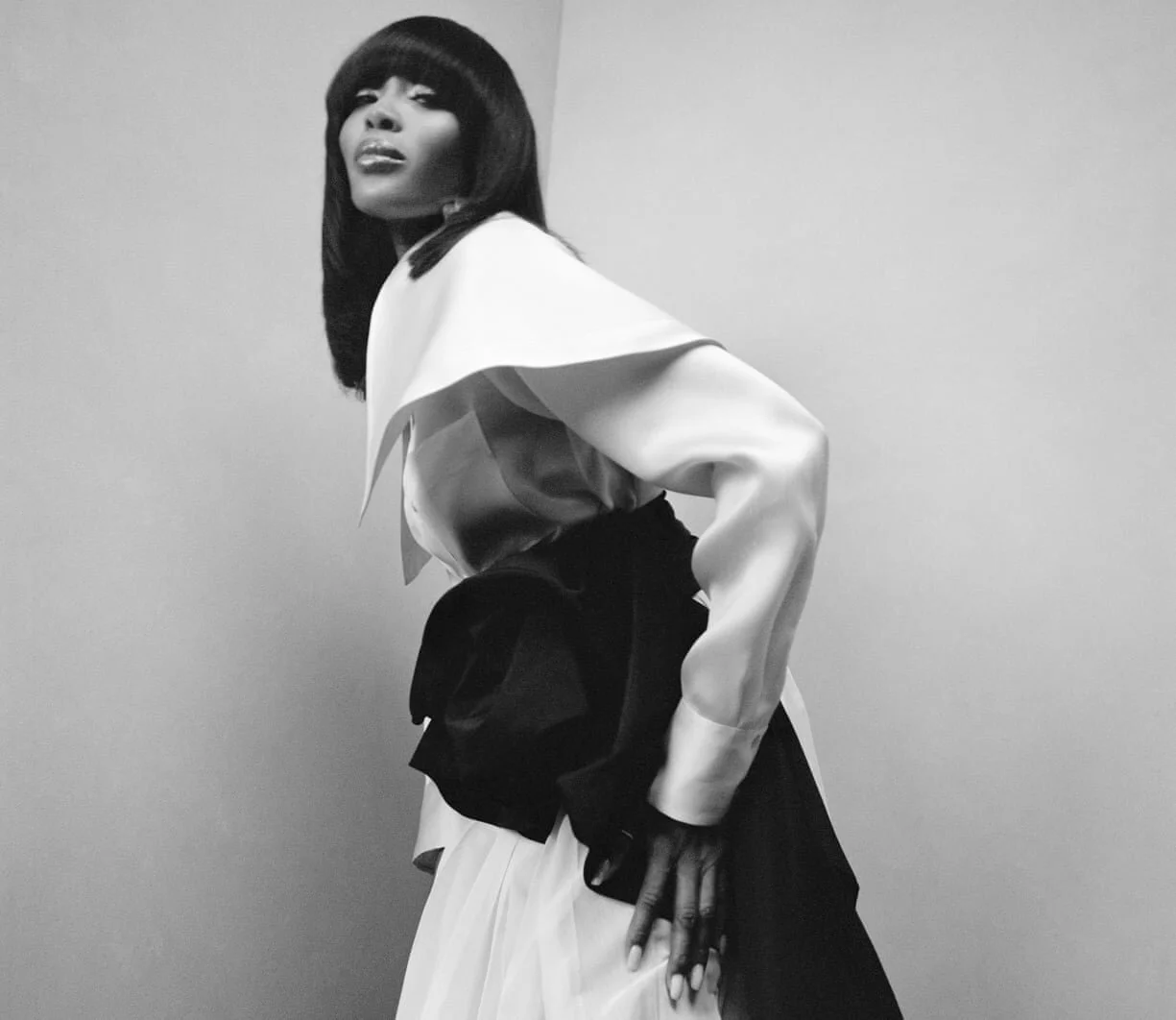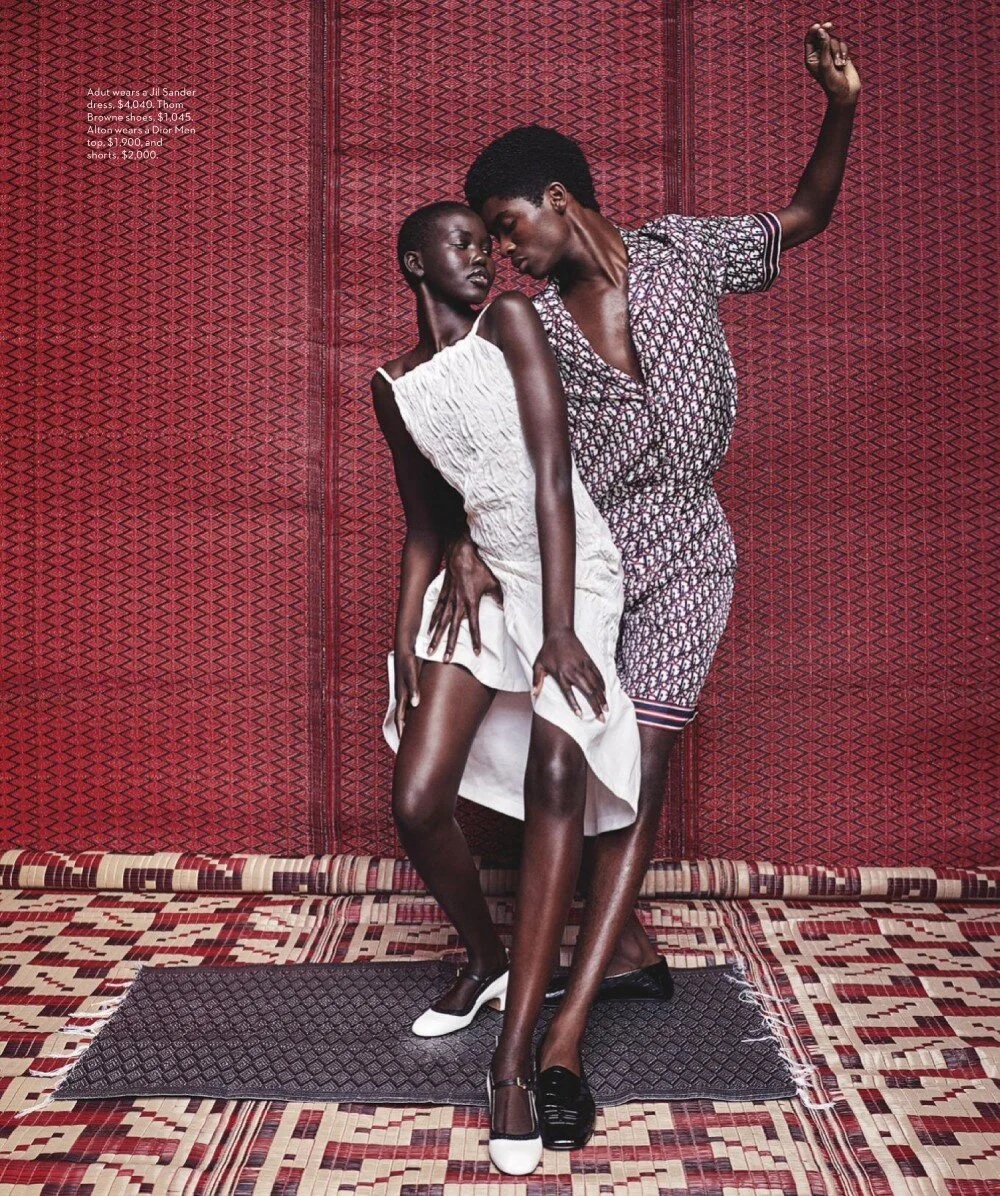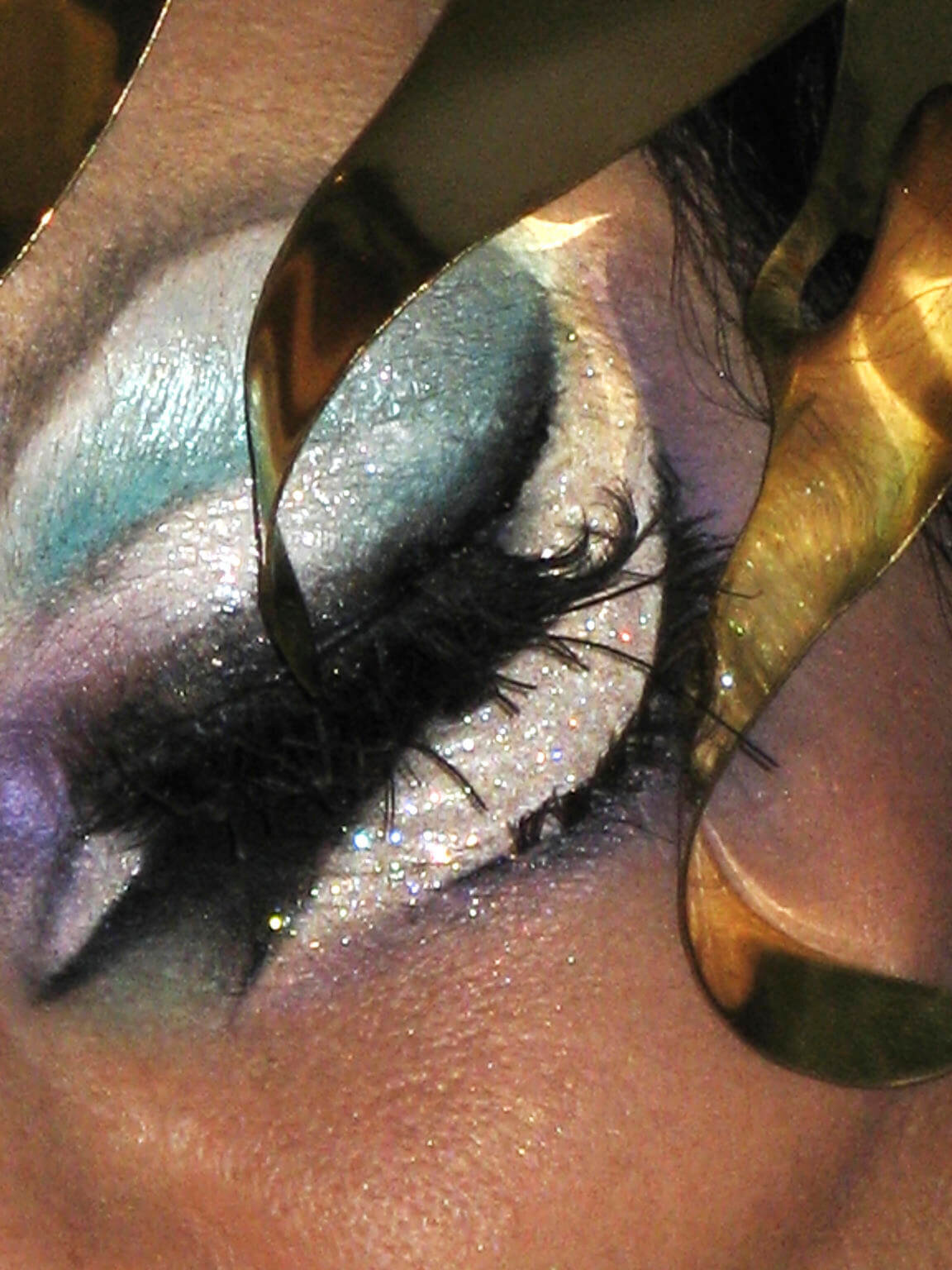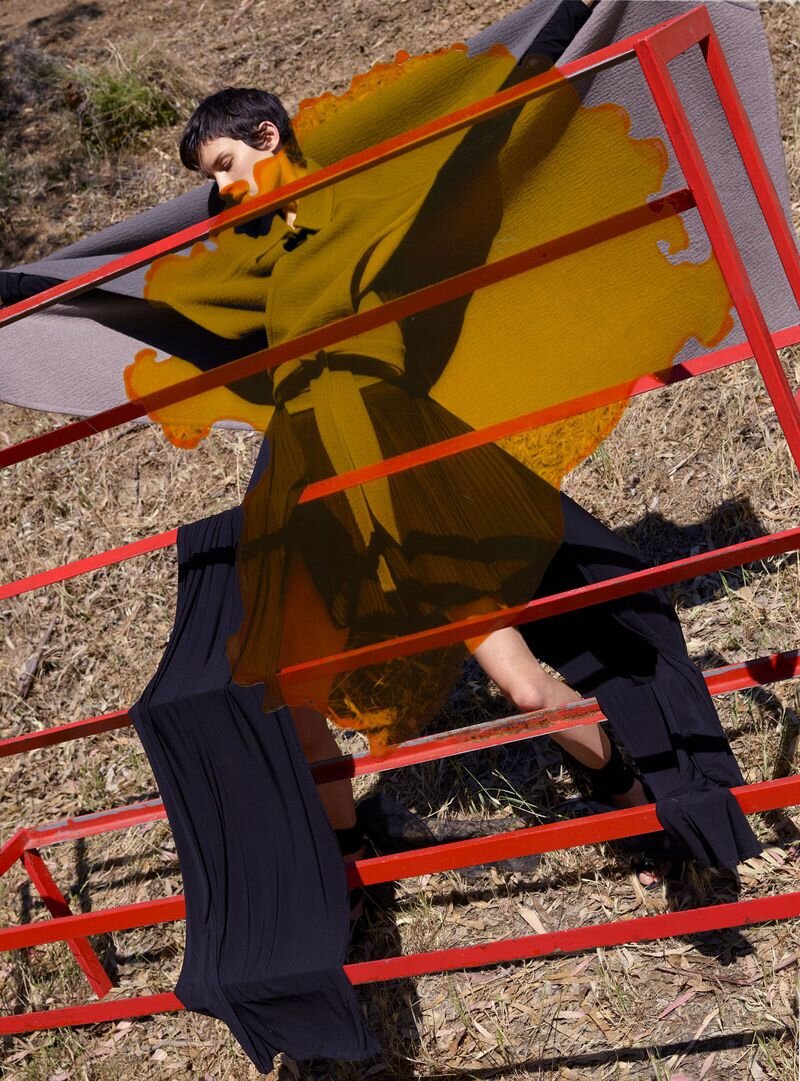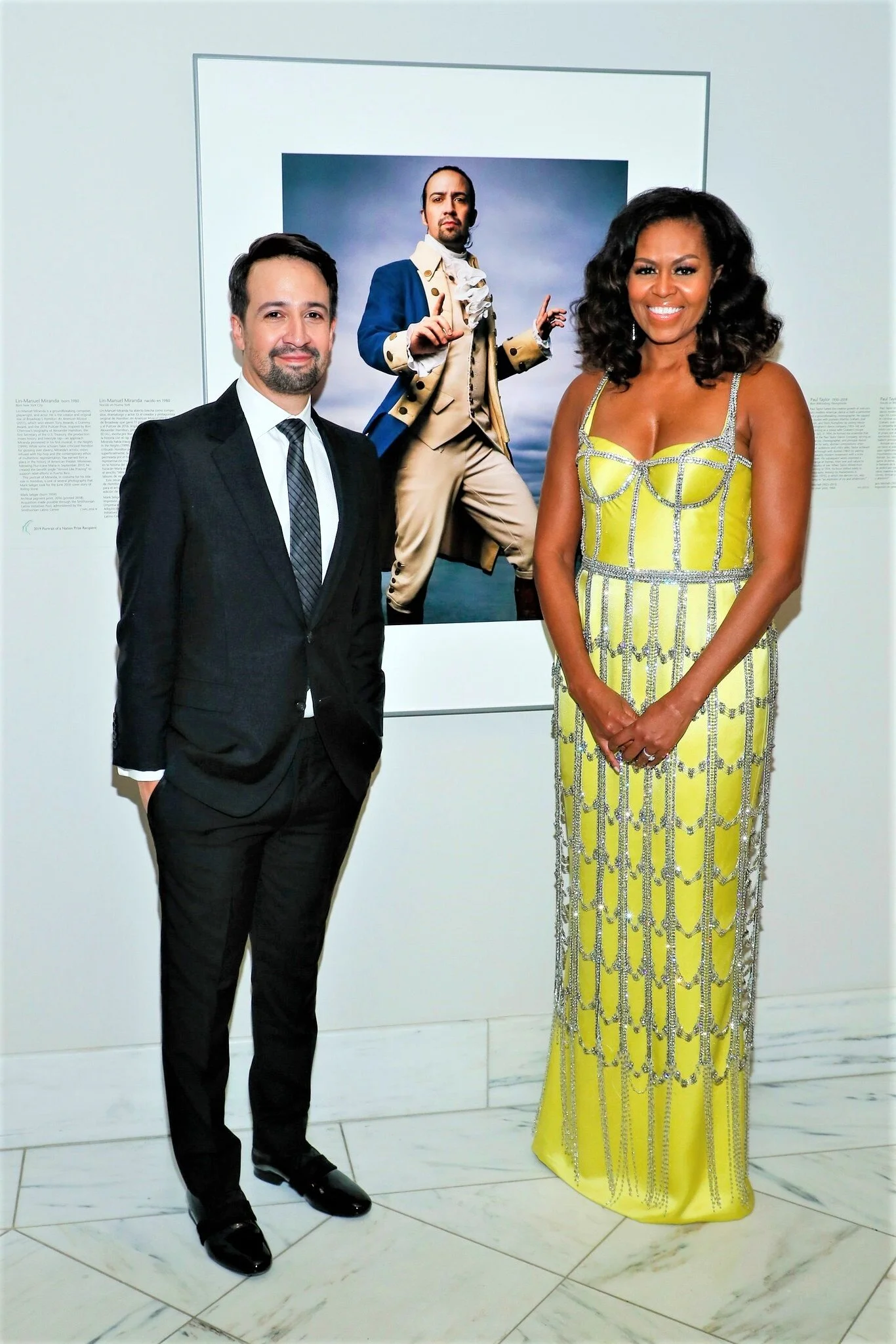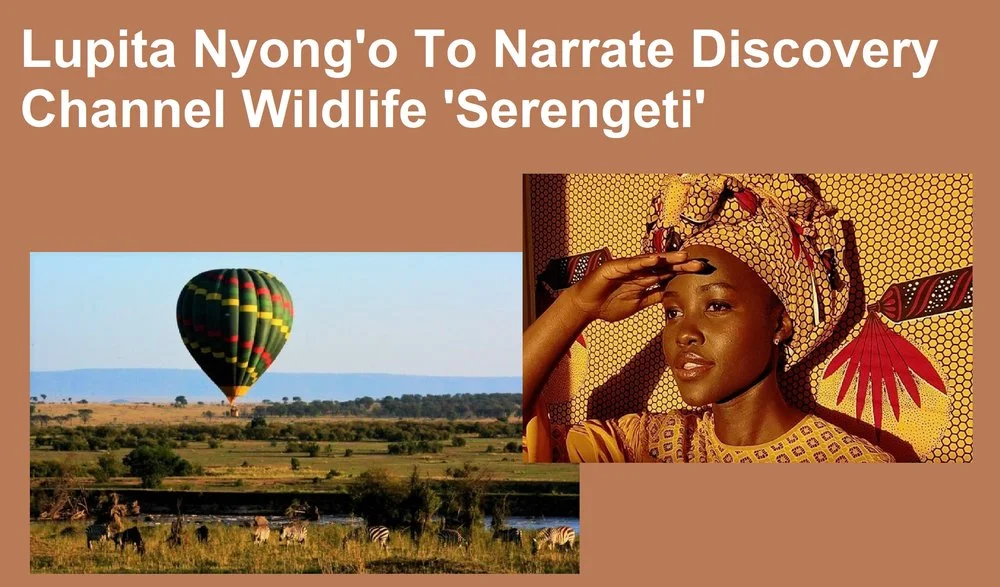Sexual Desire Is Not a Bad, Bad Word
/I live, sleep, work and dream in the world of female sexuality.
More often than not, my writing and consulting work are focused on the world’s inability to cope with women’s sexual desire and sensual nature.
As a result women pay a high price globally for being descendents of Eve, the Original Sin bad girl who got us all thrown out of the Garden of Eden, and casting humankind for eons into a life of suffering outside of Paradise.

Last weekend’s NYTimes took up the subject of female sexual desire in Women Who Want to Want, Daniel Bergner’s story of a tub of raisins passed around Lori Brotto’s conference table at British Columbia Center for Sexual Medicine in Vancouver
In this definitely dense piece of writing, Bergner relates sex researcher Brotto’s moment of self-aware sexual awakening. I experienced a similar moment, a few years ago in a NIA dance class (yoga, African Dance and neuromuscular exercise).
The key paragraph in Grotto’s “aha” is a long one, but so very important for women and the men who adore them.
This evolution of a woman embracing her sensuality is also the message of Shakira, who recently called libido “the engine of the world”.
From the NYTimes :
Brotto did a bit of experimenting on herself. Not that she suffered from any disorder, but she talks of herself sometimes in a researcher’s terms as “an n of one,” a single subject on whom she likes to test her ideas. Along with mindfulness, the treatment Brotto’s supervisor devised for borderline personality uses cognitive therapy, which stresses altering patterns of thought to transform self-image and experience. One day at yoga class, Brotto tried the combination. She went through her usual yoga poses, but with “a cognitive reframe,” she said. She told herself, “over and over like a mantra,” that she was an especially sexual woman, “capable of a high level of desire, a high level of response.” And, she recalled, “there was a deliberate intent not only to listen to my body even more than I normally would in yoga but also to interpret the signs from my body as signs of my sexual identity. So my breathing was not just breathing through the pose; it was breathing because I was highly sexual.” Sensation and self-image became linked. She was in a particularly awkward and taxing position, bent over and balanced on one foot and one inverted hand, when she had a profound moment. It wasn’t that anything she was trying mentally was itself so stunningly new. The power of positive thought is a cliché. And the acute concentration on the sensory echoes the sex therapy practiced by Masters and Johnson in the 1960s. Yet through melding the two something revelatory occurred. Suddenly her straining muscles and racing heart were affirmations “of my sexual vigor, my sexual arousability.” She finished class with a thrilling sense of her own body, her own erotic potency.
If only more women could get to this place — and religious institutions would support women in embracing, rather than denying, their sexuality — I swear marriage, obesity, and happiness rates (for starters) would improve dramatically in America.
Trust me that neither Brotto nor I became compulsive sex-addicts after connecting with our erotic identity as women. In fact, I ate healthy, exercised, excelled in many new ways, and became a more caring, less narcissistic, global activist than ever before.
Unleashing my inner She-Wolf was the best action possible for me and those connected to my life.
Only good things happened when I stopped feeling guilty and ambivalent over my sexual self, finally accepting the unity spirituality and sensuality inside me.
Because of her own self-learning lesson, the professional Lori Brotto sheds light on the critical subject of women’s sexual desire and overall state of well-being. Anne
Read: Women Who Want to Want
Photo via Flickr’s SolarScot









